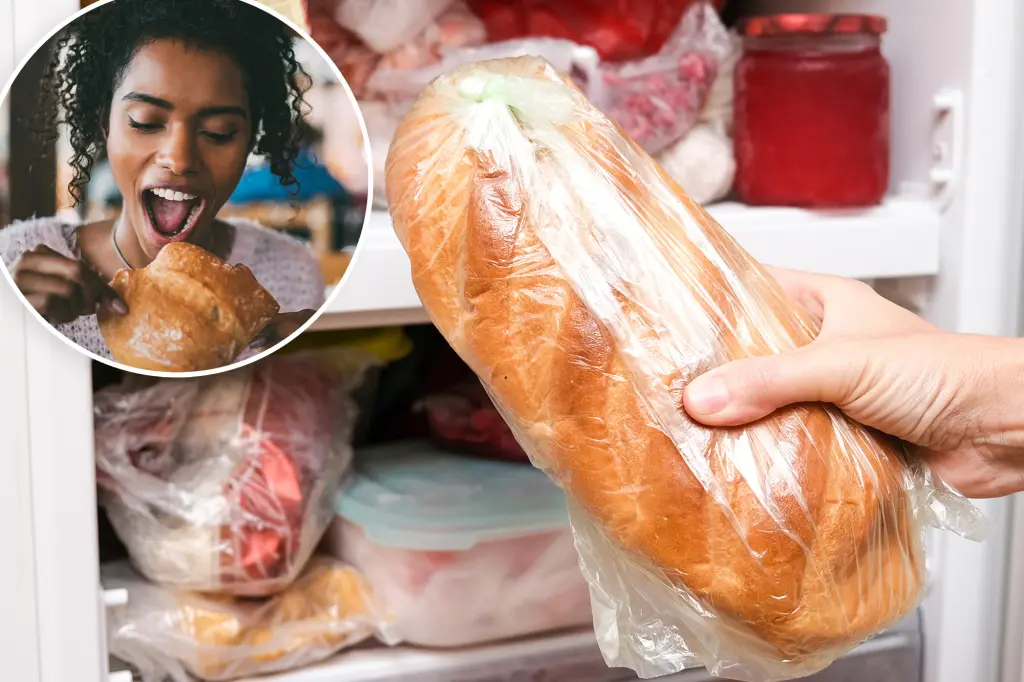The Toasty Truth: A Smart Way to Make Your Carbs Work Better for You
A clever hack for making starchy foods healthier is gaining popularity on social media, and nutrition experts are saying it has real merit. Dubbed an “Asian mom secret” by some cooking enthusiasts, this simple technique involves cooking starchy foods like rice or bread, cooling or freezing them, and then reheating before eating. While it might sound too good to be true, the science behind this method is actually quite solid and could help improve how your body processes carbohydrates without having to cut down on portion sizes.
The magic happens through a process called starch retrogradation, where starch molecules reform into a more compact, crystalline structure when cooled. This transformation converts some of the digestible starch into “resistant starch,” which, as the name suggests, resists digestion in the small intestine and instead travels to the large intestine. There, it’s fermented by gut bacteria, leading to several health benefits. While this process doesn’t dramatically reduce the calorie content, it does change how your body uses those calories. Regular starch contains about 4 calories per gram, while resistant starch has only about 2.5 calories per gram, according to Kristine Dilley, a registered dietitian at the Ohio State Wexner Medical Center.
The health advantages go beyond just modest calorie reduction. When you consume resistant starch, your body experiences a slower, more controlled release of glucose into the bloodstream, helping to maintain stable blood sugar levels rather than experiencing spikes and crashes. This can be particularly beneficial for managing hunger and energy levels throughout the day. Dr. Karan Rangarajan, a UK-based surgeon who shares health information online, explains that this process can lower the glycemic index of white bread significantly—potentially by half—making it behave more like a whole grain option in terms of blood sugar impact. Additionally, resistant starch acts as a prebiotic, nourishing beneficial bacteria in your gut and potentially improving your overall digestive health.
The technique works best with complex carbohydrates like white bread, potatoes, rice, pasta, oats, and legumes such as lentils and beans. Simple carbohydrates like sugary snacks don’t undergo the same beneficial transformation. For optimal results, nutrition experts recommend refrigerating the cooked starch for at least 24 hours before reheating. Some research suggests that multiple cooling and reheating cycles can further increase the resistant starch content, amplifying the benefits. It’s worth noting that proper food safety practices should be followed when storing and reheating foods to prevent bacterial growth and potential food poisoning.
While this hack offers an interesting way to make your favorite starchy foods a bit healthier, nutritionists caution that it’s not a miracle solution. Helen Tieu, a registered dietitian nutritionist and founder of Diet Redefined in Canada, points out that “bread choice, portion size, and what you eat it with matter much more” than this reheating technique alone. For those looking for simpler alternatives, choosing whole grain, sprouted grain, or sourdough breads instead of white bread can provide similar benefits without the extra steps. These options naturally have a lower glycemic index and often contain more fiber and nutrients than their refined counterparts.
The growing popularity of this food hack highlights our continuing search for ways to enjoy our favorite foods while making them healthier. Rather than adopting restrictive diets that eliminate entire food groups, many nutrition experts now favor approaches that make small, sustainable changes to everyday eating habits. This bread-cooling technique represents exactly that kind of practical compromise—allowing people to enjoy staple foods while reducing their impact on blood sugar and potentially improving gut health. As with most nutrition advice, it works best as part of a balanced diet rather than a standalone solution, but for bread lovers looking to make smarter choices without giving up their favorite foods, it might just be the best thing since, well, sliced bread.


